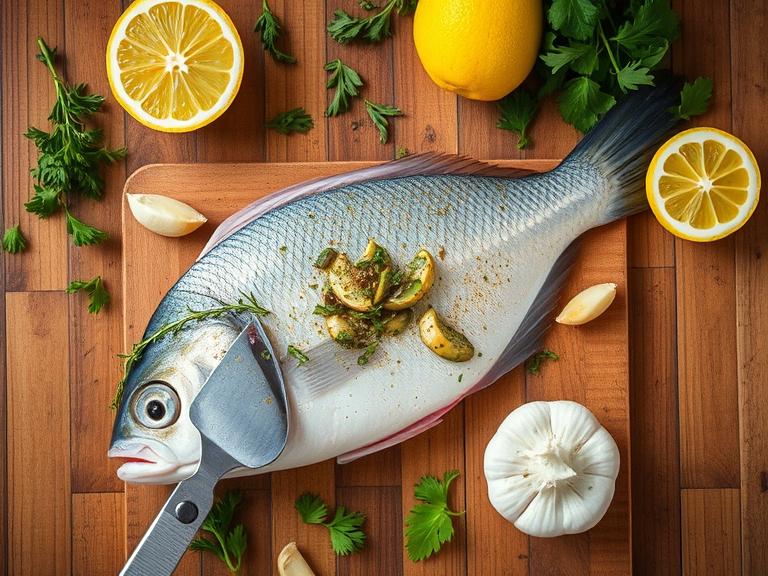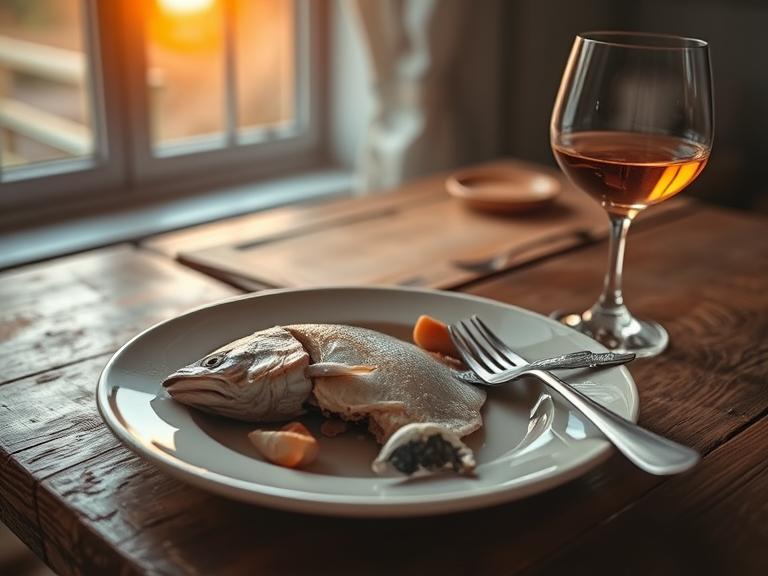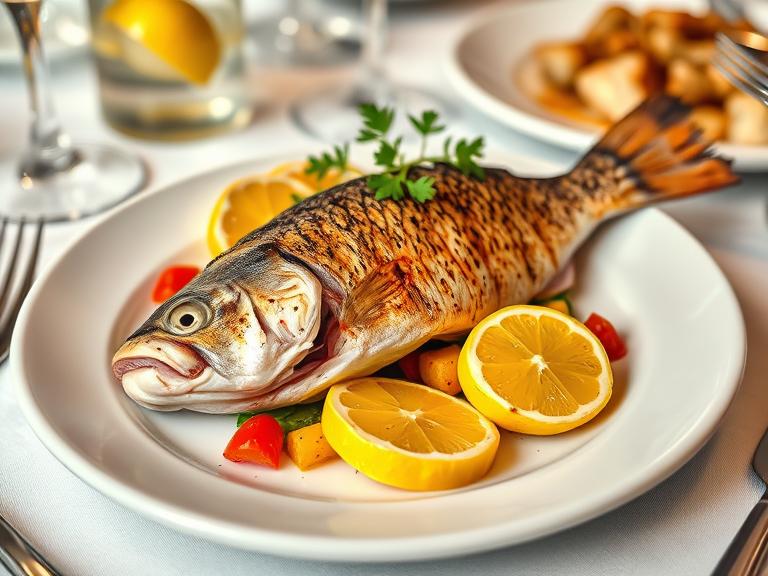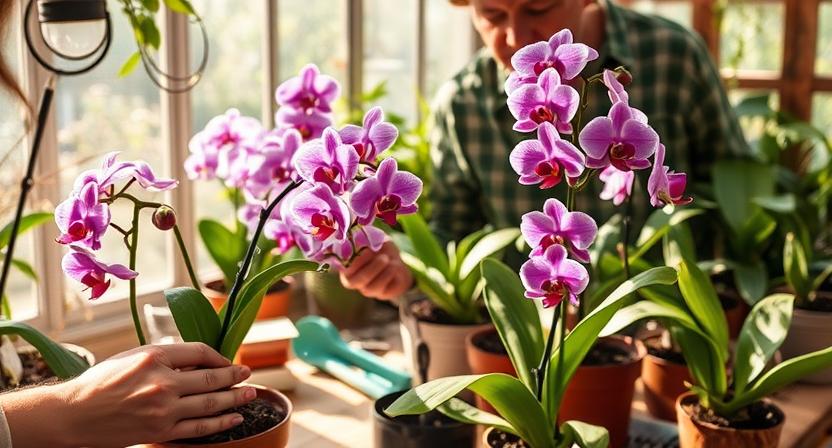“Hybrid Bream Fishing Tips for Beginners and Pros Alike”
Over the past few decades, aquaculture has seen remarkable evolution. The , a fish species engineered for durability, rapid growth, and enhanced adaptation, is one of the most recent discoveries garnering notice. Particularly in fish farming, hybrid technology presents intriguing answers to the growing need for sustainable seafood. This essay examines the importance, advantages, difficulties, and prospects of the aquaculture sector.
Understanding Hybrid Fish Breeding
Scientists breed hybrid bream by crossing two distinct freshwater species or strains of fish.The objective is to create a new, enhanced variety by fusing desired characteristics from each parent species. These initiatives frequently aim to produce fish that are more resilient to illness, grow more quickly, or adjust to various environmental circumstances.
Due of its hardiness and commercial demand, bream, a popular freshwater species, has emerged as a potential for hybrid breeding. Researchers and aquaculture specialists have discovered that hybrid bream exhibit characteristics that increase its productivity and profitability for fish farmers.
What Makes Hybrid Bream a Game-Changer?
Enhanced Growth Rates and Feed Conversion
The quick growth of this is one of its most distinctive characteristics. The hybrid bream variety reduces the time required for farming cycles by reaching market size faster than standard bream kinds. As a result, fish farms may boost output without having to build more infrastructure.
Improved Disease Resistance
In aquaculture, freshwater hybrid bream disease is a big worry. The resistance of hybrid bream to common diseases is improved. This characteristic supports sustainable agricultural methods by lowering mortality rates and lowering the demand for antibiotics.
Adaptability to Varied Environments
Hybrid bream can survive in a variety of salinities and temperatures, in contrast to many fish that need consistent and particular conditions. Because of their adaptability, farmers can raise them in a wider range of environments, such as brackish water systems and inland ponds.

Hybrid Bream and Sustainability in Aquaculture
In the aquaculture industry, sustainability is a critical problem. Marine ecosystems are threatened by habitat degradation, water pollution, and overfishing. By providing a more sustainable production approach, it can contribute to the answer.
Reduced Environmental Impact
Hybrid bream help to lower the carbon and nitrogen impact because of their quicker growth and improved feed efficiency. They use less feed for every pound of growth, reducing waste and preserving the purity of the water.
Lower Pressure on Wild Stocks
Reliance on wild-caught fish may decline as hybrid bream aquaculture expands. This change promotes marine conservation initiatives and biodiversity preservation.
Market Demand and Consumer Preferences – Hybrid Bream
Customers are growing more aware of where their food comes from. They look for goods that are both ecologically conscious and healthful. These ideals are supported by , which has a moderate flavour that goes well with a variety of cooking techniques, a high protein content, and little fat.
Meeting Global Seafood Demand
The consumption of fish is steadily increasing worldwide. It is becoming increasingly difficult to meet this demand without diminishing natural stocks. In areas where wild is either unavailable or overfished, the provides a scalable alternative.
Technological Innovations Driving Hybrid Bream Farming
Selective Breeding Programs
The development of hybrid fish has changed as a result of modern genetics. Data and cutting-edge techniques are used in selective breeding projects to guarantee that only the best qualities are passed on. Commercial farms produce with reliable performance as a result of this scientific accuracy.
Smart Farming Systems
New technologies,freshwater such as water quality sensors and automatic feeders, let grow to their full potential. These technologies facilitate the management of large-scale operations, lower labour costs, and stop disease outbreaks.
Economic Advantages for Farmers
Growing has obvious financial benefits. Their swift expansion results in shorter manufacturing cycles and faster profits. Because of their consistency and quality, they also typically command higher market pricing.
Lower Operational Costs
Hybrid bream freshwater need less specialised resources and less medical intervention because of their increased immunity and adaptability. As a result, aquaculture companies’ long-term expenses go down.
Challenges and Considerations – Hybrid Bream
Hybrid bream farming has its drawbacks despite its benefits. Being aware of these can aid fish growers in making wise choices.
Genetic Stability
It can be challenging to preserve hybrid species’ genetic integrity throughout time. Some of the initial advantages may be lost in subsequent generations if appropriate breeding restrictions are not in place.
Environmental and Ethical Concerns
Concerns regarding biodiversity arise when hybrids are introduced into natural water bodies. They run the risk of changing the local ecology or outcompeting native species. These issues need to be aggressively addressed by ethical aquaculture techniques.
Regulatory Framework and Certification
Regulation is becoming more and more necessary as the aquaculture industry expands. Nowadays, hybrid fish farming is governed by special rules in many nations.

Certifications for Responsible Farming
Certifications guarantee that best standards are followed and help to increase consumer trust. These include requirements for worker safety, animal care, and environmental preservation. Certified bream farms frequently have easier access to high-value markets.
Future Prospects for Hybrid Bream
In the future, will probably be more important in achieving the objectives of global food security. The species is ready for widespread adoption with ongoing advancements in farm management and breeding practices.
Research and Development
Research on optimising hybrid characteristics is still ongoing. Focus areas include improving feed formulations, increasing disease resistance, and improving reproductive performance.
Integration with Circular Aquaculture Systems
Hybrid bream can be a good fit for circular aquaculture, which recycles both water and nutrients. They are perfect for integrated farming systems due to their resilience and effective feed usage, which further encourages sustainable methods.
Hybrid Bream in Global Markets
Due of aquaculture’s global spread, are being introduced in a number of locations. Fish farmers are investigating its possibilities from Asia to Europe and North America.
Regional Adaptation Strategies
Water quality, regulatory environments, and consumer expectations vary by region. Breeding programs for hybrid bream are being modified to accommodate these particular requirements, enhancing the adaptability and allure of the species.
Conclusion – Hybrid Bream
A new era in sustainable aquaculture has begun with the appearance of hybrid bream. This novel species stands out as a wise candidate for future food production due to its resilient traits, financial advantages, and ecological potential. Even though there are still obstacles to overcome, hybrid bream’s increasing popularity and advancements in technology point to a bright future for fish farming worldwide.
Comparing Hybrid Bream to Traditional Bream Varieties
In freshwater farming, traditional bream species have long been a mainstay, especially in Europe and some regions of Asia. They are obviously outperformed by hybrid bream in a number of crucial aspects, though. In addition to growing more slowly, traditional breeds are more vulnerable to illness and environmental stressors.
Hybrid bream, on the other hand, provide consistency in size, quality, and growth. These characteristics enable farmers to meet stringent market demands and provide more consistent yields. The variability frequently observed in wild or non-hybrid stock is likewise decreased by the regulated breeding that produces hybrids.

Feeding and Nutrition Requirements for Hybrid Bream
In aquaculture, optimal growth and health depend on proper nutrition. Customised feed formulations created for peak performance are advantageous for. To promote quick growth and immunological health, these diets frequently include a well-balanced combination of proteins, lipids, vitamins, and minerals.
The ability of hybrid bream to absorb a greater variety of feed types sets them apart from some traditional species that could need specialised diets. This adaptability lowers waste in the farming system and increases feeding’s cost-effectiveness. Consequently, producers can continue to be profitable while adhering to environmental objectives.




Post Comment